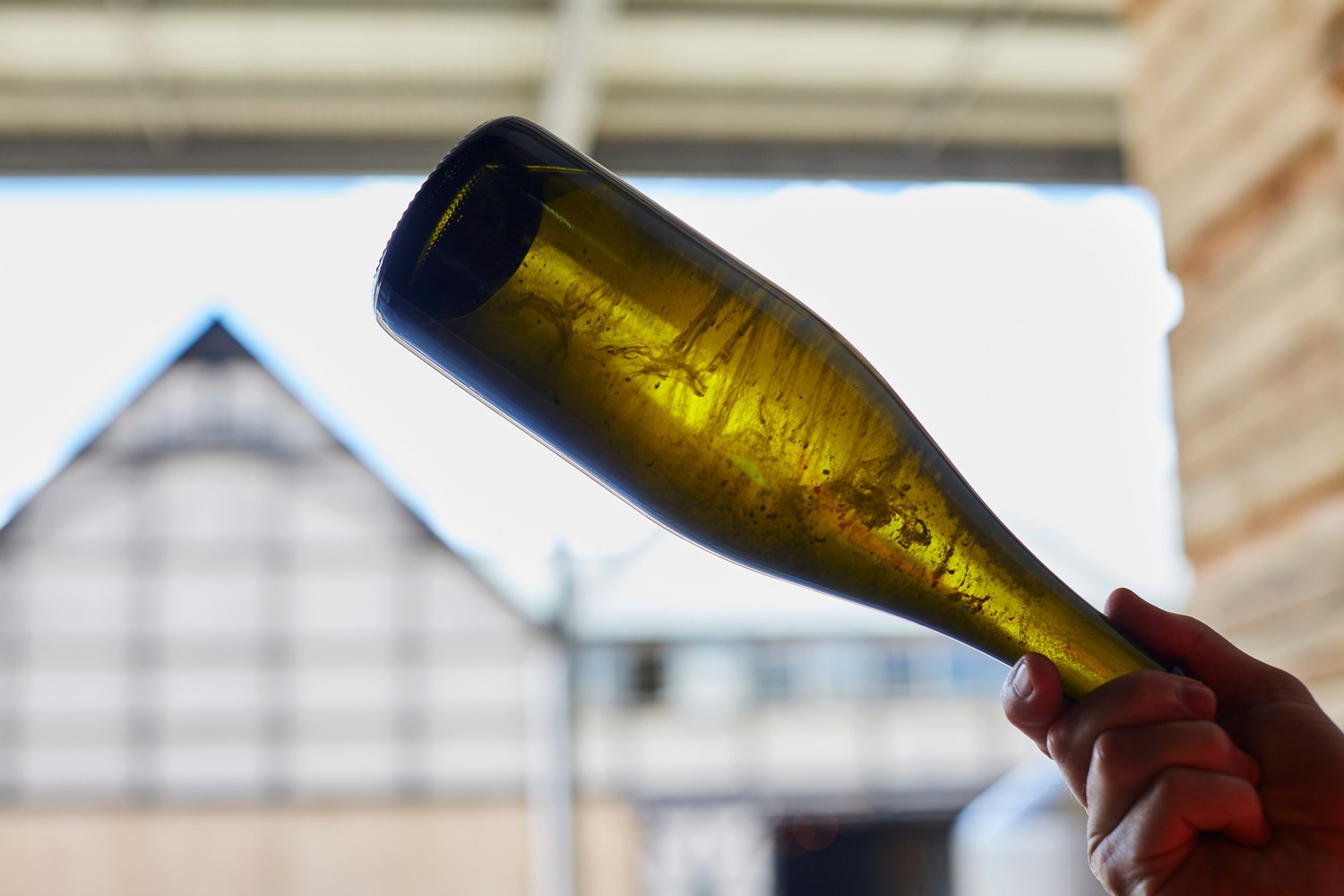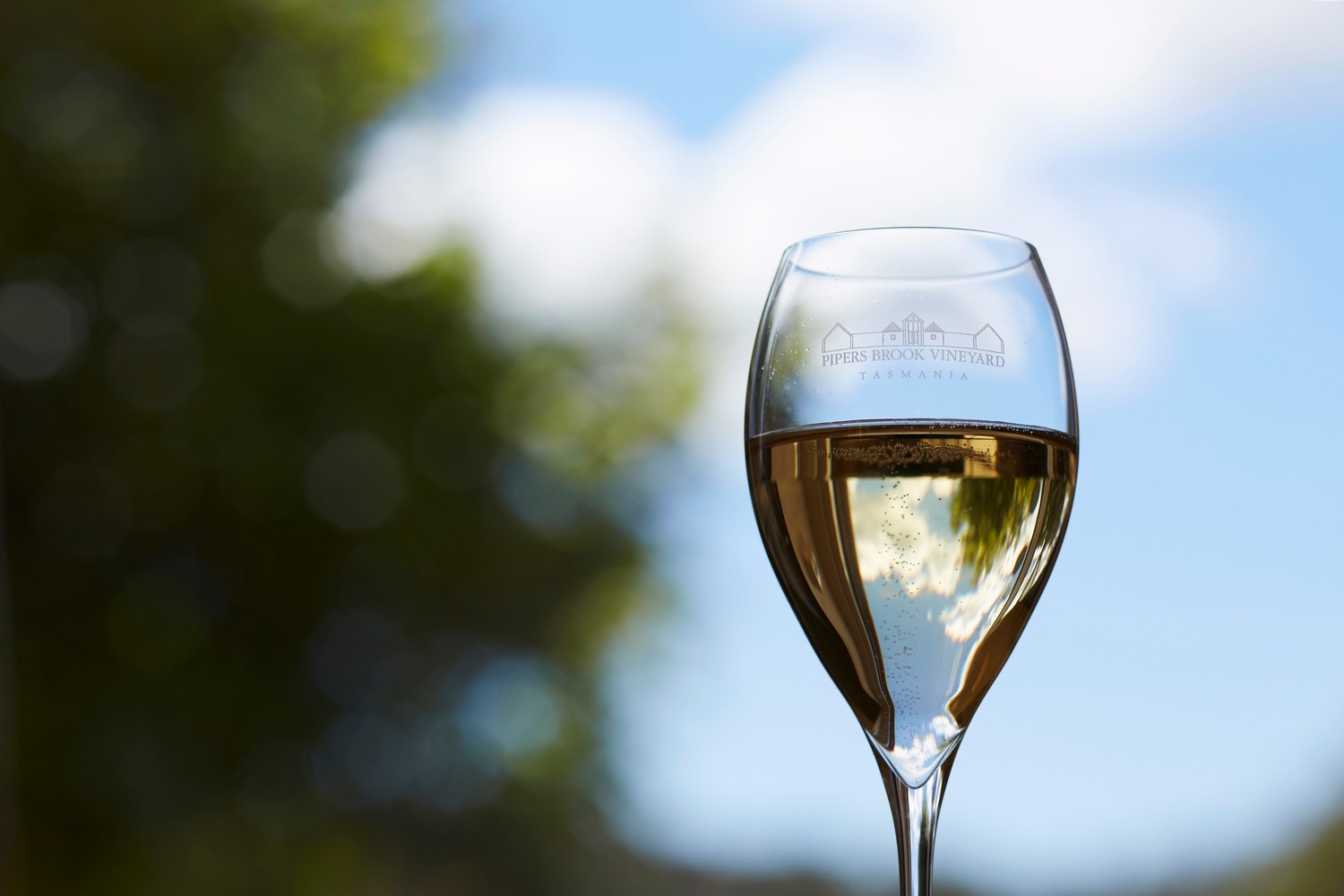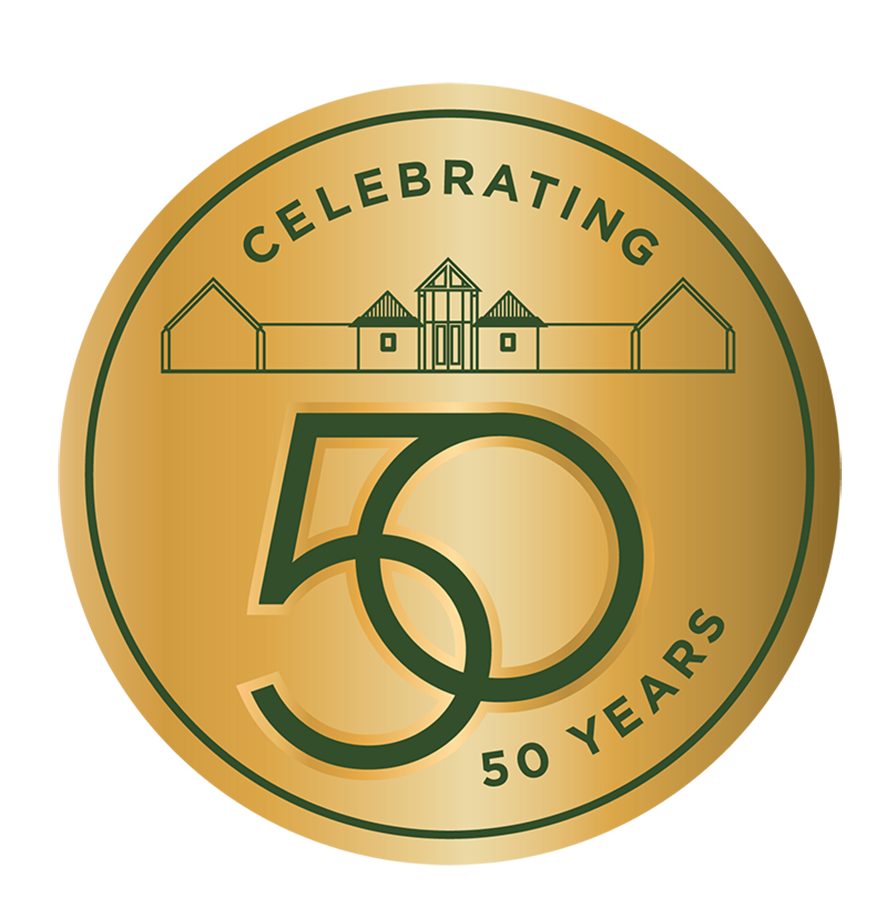Let's talk traditional method...

Here at Pipers Brook Vineyard, we're home to some of the most ideallic conditions in Tasmania, Australia and arguably internationally for sparkling wine. So whether it be Ninth Island, Kreglinger, Pipers Tasmania or Pipers Brook Estate, all our sparkling wine is made in the traditional method. No exceptions, just exceptional fizz.
What is traditional method?
It's a technical term for crafting sparkling wine by bottle fermentation, also known as méthode traditionnelle. It's the same method made famous for creating Champagne. To make sparkling wine in this way can be costly in both time and resources, so you know that the producer is passionate about the wine in your glass being as great as it can be. The process involves two fermentations, one in tank to create the base wine and secondary fermentation in the bottle, which is what creates fine bubbles and complex flavours, the hallmarks of traditional method sparkling wine.
Is that it?
No - let's break it down. The base wine is fermented in a barrel or tank and blended by the winemaker into the cuvee. There are some stylistic choices made at this level, but it's important to know that there are no bubbles here yet. This is a still wine and only when our winemaker is happy with this base, can we move to the next stage. This is tirage, where the base wine is bottled, and a small amount of yeast, wine and sugar, also known as the Liqueur de tirage is added in before the bottle is crown sealed. This solution kicks of the secondary fermentation. The yeast gets to work on converting the sugars to alcohol, and the resulting C02 is trapped in the bottle, as naturally occurring bubbles. There's your fizz. Don't be fooled by the traditional terminology - there's so much art and science behind the amount of sugar, the pressure in the bottle and other factors that are all carefully considered, and play a huge part in the style of the finished wine. During this fermentation, the yeast eventually dies off, in a process called autolysis. This results in the dead yeast cells becoming sediment in the bottle, called lees. We love lees.

Then?
Then it's time to let the wine rest on these lees or Sur Lie. This plays a really important part in imparting texture, and developed characteristics in the flavour of the wine, so the time that the wine sits in bottle with these lees is also a stylistic choice. It can be anywhere from 18 months, to 3 years or longer. We won't rush this part. Just think, right now there are bottles resting quietly just waiting to be ready for you. The bottle you hold in your hand was probably filled with wine at least a few years ago.
And finally...
The bottles are riddled, so that the sediment can gather in the neck of the bottle. This is done over time and slowly, for us, in riddling cages that turn slowly at set intervals. Eventually and only when the time is right, the bottles are placed upside down in a soluation of liquid that freezes the neck, and the wine with all the yeast sediment gathered there. The crown seal is removed and the pressure causes the frozen portion to be popped out. The bottles are then carefully topped with the dosage, a carefully created blend of wine and sugar to finish the product and we cork, wire and label these bottles ready for you.

There are no shortcuts when it comes to creating traditional method sparkling wine, and when it comes to any of ours, you know it's taken a long time and a lot of care to make it into your glass.
You can browse the full range of our sparkling wines here. Cheers!
